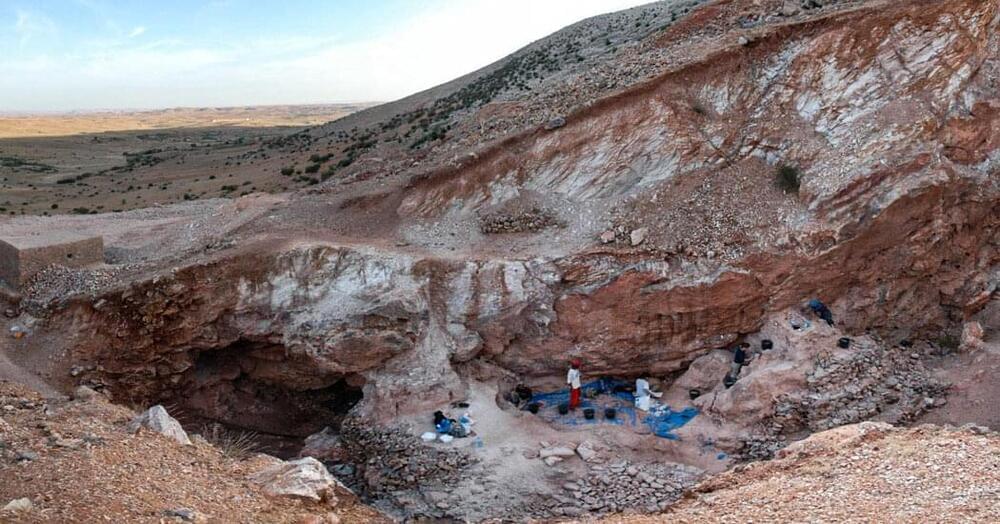SABINE HOSSENFELDER: My name is Sabine Hossenfelder. I’m a physicist and Research Fellow at the Frankfurt Institute for Advanced Studies, and I have a book that’s called “Existential Physics: A Scientist’s Guide to Life’s Biggest Questions.”
NARRATOR: Why did you pursue a career in physics?
HOSSENFELDER: I originally studied mathematics, not physics, because I was broadly interested in the question how much can we describe about nature with mathematics? But mathematics is a really big field and I couldn’t make up my mind exactly what to study. And so I decided to focus on that part of mathematics that’s actually good to describe nature and that naturally led me to physics. I was generally trying to make sense of the world and I thought that human interactions, social systems are a pretty hopeless case. There’s no way I’ll ever make sense of them. But simple things like particles or maybe planets and moons, I might be able to work that out. In the foundations of physics, we work with a lot of mathematics and I know from my own experience that it’s really, really hard to learn. And so I think for a lot of people out there, the journal articles that we write in the foundations of physics are just incomprehensible.









